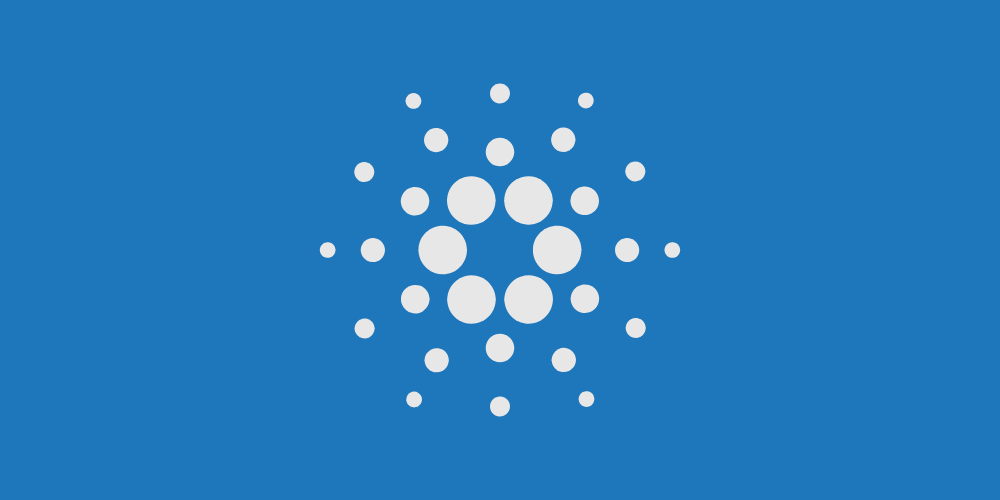
Blockchain Underdog
Often underestimated, Cardano can reasonably lay claim to the title of The Blockchain Underdog. Its journey, marked by limited mainstream adoption, proudly highlights its resistance to centralised control. Despite being largely ignored, its token, ADA (named after Ada Lovelace, an English mathematician), stands out as a dynamic digital currency and a comprehensive solution for real-world challenges. This 3rd-generation blockchain, with its research-led approach, sets new benchmarks as it aims to solve the blockchain trilemma: security, decentralisation & scalability; and being interoperable & sustainable.
Scientifically Built
Cardano remains unmatched in its commitment to scientific philosophy and research-first methodology, often described as ‘measure twice, cut once’. Rigorous peer review by academics, scientists and industry professionals ensure its security and quality, minimising the risk of unforeseen issues.
Twice as Nice
At the heart of Cardano beats its dual-layer architecture: the Cardano Settlement Layer (CSL) for transactions and Cardano Computation Layer (CCL) for smart contracts. This setup enhances efficiency and flexibility, allowing for precise transaction and contract management.
Security
With a focus on security, Cardano’s architecture and the Ouroboros protocol are crafted to deter threats and maintain transaction integrity. The governance model of the platform bolsters stability and ensures longevity through transparent and democratic updates.
Decentralisation
In February 2024, the Edinburgh Decentralization Index (EDI) determined Cardano as the most decentralized blockchain in comparison to its competitors. According to the research, Cardano’s Nakamoto coefficient (a metric that represents the minimum number of entities that collectively control more than 50% of the resources to take control of a blockchain in an attack) is reported as 58; sharply contrasting with Bitcoin and Ethereum’s coefficients of 2. The higher the coefficient, the more decentralised the network.
Scalability
To meet scalability needs, Cardano introduces Hydra, a layer-2 solution that increases transaction capacity without decreasing security. It prepares Cardano to support a wide range of applications, serving a global audience. Cardano achieved the milestone of 1 million transactions per second (TPS) using Hydra during a Doom gaming tournament on 4th December 2024.
Plays Nicely with Others
The recent launch of Midnight, which offers advanced data protection through zero-knowledge technology, allows interoperability with alternative blockchains through sidechain bridges, providing users with greater flexibility and choice.
“From a technological viewpoint, it’s probably the most sophisticated product that Input-Output has ever worked on. It’s the product of love, enormous amounts of research, and I dare say it’s probably the first 4th-gen cryptocurrency.”
Charles Hoskinson, Cardano founder.
Sustainability & Efficiency
Cardano’s Ouroboros proof-of-stake (PoS) mechanism marks a departure from energy-hungry proof-of-work (PoW) systems made famous by Bitcoin. It introduces a new era of energy efficiency and sustainability, enabling Cardano to grow without consuming the same energy needed to power some countries.
Less Underdog, More Tortoise
Cardano is a versatile, efficient and sustainable force for good. Its thoroughly researched security, decentralisation, scalability and interoperability lead us to conclude it is building a fairer system for humanity. As the digital world evolves, ADA is illuminating the path of blockchain innovation.
Critics argue that Cardano’s development pace is too slow. Yet, like the tortoise in Aesop’s fable, its deliberately slow but steady pace is likely to prove its greatest strength. Under the shell, this blockchain is powered by scientific substance over superfluous style.
To understand more about blockchain technology, read Blockchain Believer.